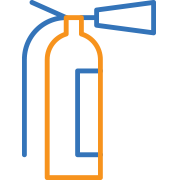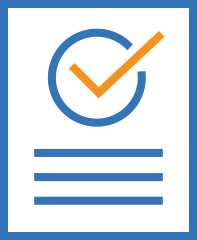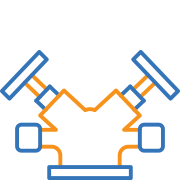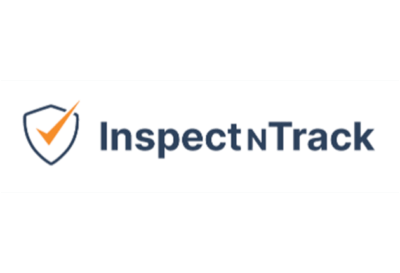Streamline Your Business Fire Extinguisher Inspections
One of the main goals of business fire extinguisher inspections is to satisfy the needs of the National Fire Protection Association (NFPA). It can be confusing to follow the rules and regulations set forth by the NFPA, but the codes ultimately keep workplaces safe. In order to ensure that fire extinguisher inspections are performed properly, here are some tips to simplify inspections.
Inspection App Solutions
Establishing Procedures
In order to properly perform business fire extinguisher inspection, the NFPA recommends that fire extinguishers are always located in their designated location. It is also important that these extinguishers are visible, or there is proper signage indicating where they are located.
Fire extinguishers need to be easily accessible, and the pressure gauge needs to be in an acceptable range. It is also important to note that no special qualifications are required to perform inspections. Following these procedures ensures that when it comes time for a fire extinguisher to be used, it will be ready.
Accurate Record Keeping
The NFPA requires that once fire extinguishers are installed, they are initially inspected, then they are inspected once a month after that. These inspections can either be recorded by applying a barcode or a label to the extinguisher, and then recording the results on paper or electronically. You must record the month and year of the inspection, as well as who is performing it. In the chance that inspections are performed externally, there needs to be a proof of inspection collar attached around the neck of the fire extinguisher.
Record keeping ultimately depends on the individual extinguishers, because different models require different forms of inspection. For example, low pressure cylinders require that a label is attached informing who performed the inspection, the date of the test, and the extinguisher’s pressure. On the contrary, a high pressure cylinder requires that the testers identification number and date of the inspection are stamped on the foot ring or neck of the extinguisher.
It can be difficult for businesses to keep track of different inspection requirements for types of fire extinguishers, because the requirements vary across equipment. InspectNTrack solves this issue by allowing for customizable sub-categories that ensure that each type of extinguisher is inspected properly. When creating an inspection route, it is simple to include different question sets in order to ensure that inspections are simple and effective. This streamlines business fire extinguisher inspection across your company.

Routine Maintenance Procedures
The best place to look when determining the proper maintenance is directly from the manufacturer’s service manual. It is also possible to determine maintenance procedures through examination of the basic elements of a fire extinguisher. These elements can include all of the mechanical parts of the fire extinguisher, the extinguishing agent, the expelling means, and the physical condition. This type of inspection is considered an external examination, which is the most frequent type of inspection for fire extinguishers. Different fire extinguishers may require that there is also an internal inspection performed, which can be determined through reading the extinguisher service manual.
In the chance that a fire extinguisher does not pass an inspection, maintenance can not be performed by just any employee. The NFPA recommends that all maintenance is performed by someone with an AJH certification or a certification of similar requirements. This ensures that maintenance is performed properly, considering how difficult and important the fire extinguisher maintenance is.
InspectNTrack For Business Fire Extinguisher Inspection
If proper procedures, record keeping and maintenance is performed the chances of a business having a fire extinguisher accident is significantly reduced. InspectNTrack can help perform these inspections, making the process as simple and effective as possible. Contact us today to learn more.
Other Helpful Articles









